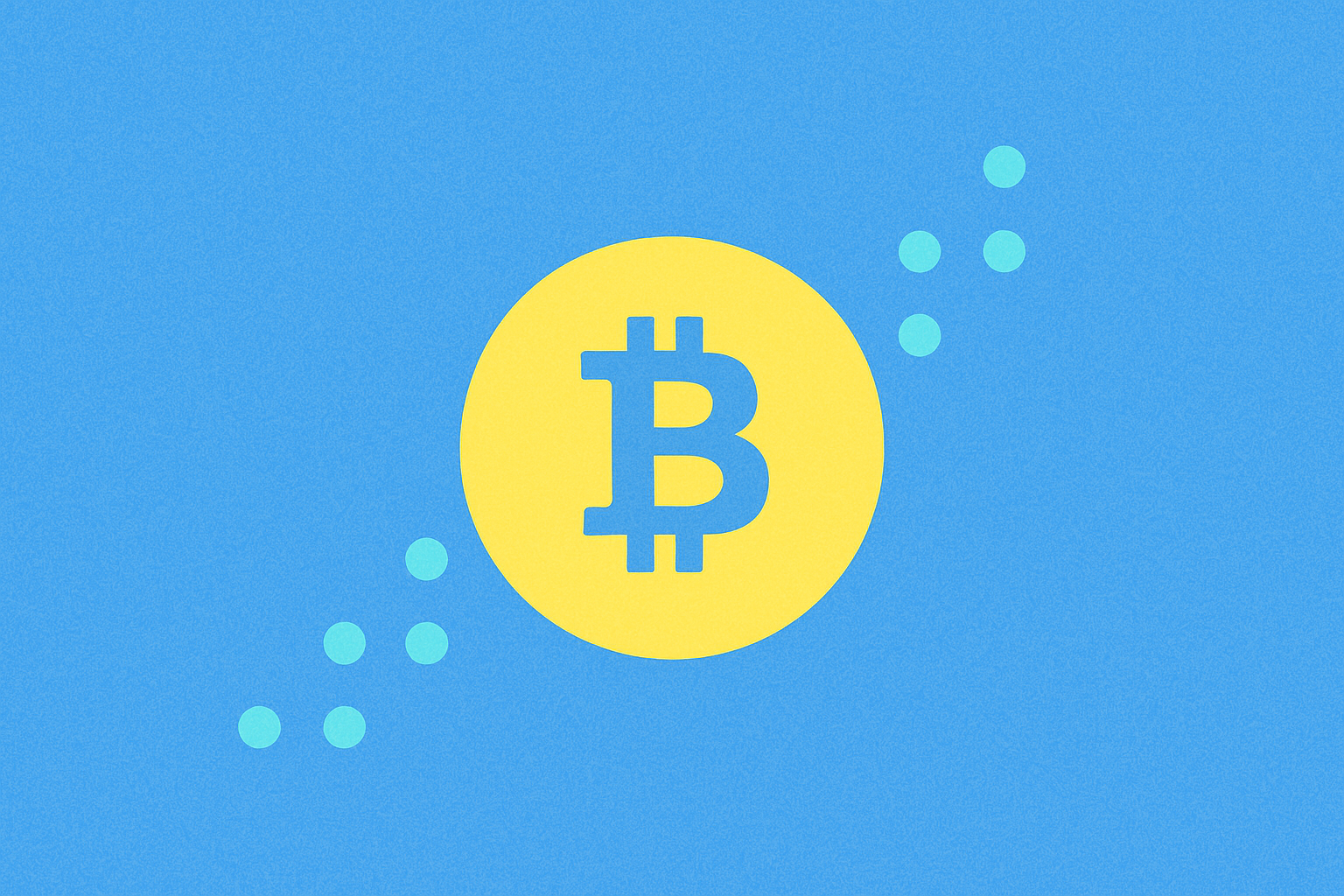Türev piyasa sinyalleri, 2025 yılında kripto para alım-satım kararlarını nasıl etkiler?


Kripto Para Türevleri ile Spot Piyasalar Arasındaki Korelasyonun İncelenmesi
Son yıllarda kripto para türev ürünleri ile spot piyasalar arasındaki korelasyonun önemi belirgin şekilde arttı. Ampirik veriler, özellikle perpetual futures işlemlerinin spot piyasadaki fiyat hareketlerini güçlü bir şekilde belirlediğini, volatiliteyi artırdığını ve fiyat oluşumunda başat rol üstlendiğini ortaya koyuyor. Bu ilişki, özellikle piyasanın yüksek hacme ve oynaklığa ulaştığı dönemlerde daha da gözle görülür hale geliyor.
Bu piyasalar arasındaki etkileşimi göstermek için aşağıdaki tabloyu inceleyebilirsiniz:
| Piyasa Türü | Oynak Dönem Liderliği | Durgun Dönemde Etki | Fiyat Oluşumundaki Rol |
|---|---|---|---|
| Vadeli İşlemler | Çoğunlukla lider | Daha az etkili | Baskın |
| Spot | Vadeli işlemleri takip eder | Daha etkili | İkincil |
Vadeli işlemler piyasasının oynak dönemlerde lider olması, yüksek kaldıraç ve likiditesinden kaynaklanıyor. Örneğin, 2025’in başında, türev ağırlıklı borsalarda günlük işlem hacmi 3 Şubat’ta 24,3 milyar dolara ulaşarak volatilite yüksekken spekülatif hareketleri öne çıkardı. Ancak bu hacim, 3 Mart’ta piyasa koşullarındaki değişime hızlı tepkiyle yaklaşık 4,9 milyar dolara düştü.
Ayrıca, türev piyasadaki açık pozisyon miktarı, fonlama oranları ve baz gibi göstergeler spot piyasa getirileri ve oynaklığı üzerinde önemli etkiye sahip. Yüksek açık pozisyon, güçlü spekülatif ilgiyi gösterirken, fonlama oranları vadeli ve spot arasındaki arbitrajı şekillendiriyor. Tüm bu faktörler, kripto piyasasında türev ve spot arasındaki karmaşık ilişkiyi derinleştiriyor.
2025’te Fonlama Oranlarının Alım-Satım Kararlarına Etkisi
2025’te fonlama oranları, kripto türev piyasasında işlem kararlarını belirleyen temel unsurlardan biri oldu. Fonlama oranları ile yatırımcı davranışı arasındaki bağ güçlenirken, açık pozisyon, long/short oranı ve işlem hacminde de ciddi etkiler yaşandı. Bu durumu daha iyi görmek için büyük bir borsanın verilerine bakalım:
| Metreik | 2025 1. Çeyrek | 2025 2. Çeyrek | 2025 3. Çeyrek | 2025 4. Çeyrek |
|---|---|---|---|---|
| Ortalama Fonlama Oranı | -0,01% | 0,02% | 0,015% | -0,005% |
| Açık Pozisyon ($Milyar) | 12,5 | 15,3 | 14,8 | 13,2 |
| Long/Short Oranı | 0,95 | 1,12 | 1,08 | 0,98 |
| Günlük Hacim ($Milyar) | 24,3 | 18,7 | 20,5 | 22,1 |
Bu veriler, fonlama oranları ile piyasa dinamikleri arasında doğrudan bir ilişki olduğunu gösteriyor. Pozitif fonlama oranlarının görüldüğü 2. ve 3. çeyreklerde açık pozisyon yükselirken, long/short oranı da artarak piyasanın yükseliş odaklı olduğunu gösterdi. Tersine, negatif fonlama oranlarının hakim olduğu 1. ve 4. çeyreklerde açık pozisyon azaldı ve long/short oranı dengelendi. İşlem hacmi de fonlama oranlarındaki değişimlere paralel olarak dalgalandı ve aşırı oran dönemlerinde volatilite arttı. Bu örüntüler, 2025 boyunca fonlama oranlarının piyasa stratejileri ve genel hissiyat üzerindeki kilit rolünü ortaya koyuyor.
Açık Pozisyon ve Likidasyon Verilerinin Piyasa Tahminindeki Rolü
Açık pozisyon ve likidasyon verileri, kaldıraçlı piyasada öngörü geliştirmek için temel göstergeler haline geldi. Araştırmalar, açık pozisyonun fiyat hareketlerini ve piyasa dönüşlerini tahmin etmedeki gücünü ortaya koyuyor. Bu veriler, piyasa trendlerini önceden görmeye yardımcı olarak yatırımcı ve analistlere değerli bilgiler sunuyor. Özellikle büyük çaplı toplu likidasyon olayları ile sonrasında yaşanan fiyat hareketi arasındaki bağ dikkat çekici. Böyle durumlar genellikle volatiliteyi artırır, piyasa hissiyatını hızla değiştirir ve çoğunlukla fiyatlarda düşüş momentumu ve büyük satışları tetikler.
Bu verileri nicel modellere dahil etmek için, analistler ileri istatistiksel teknikler ve makine öğrenimi algoritmaları kullanıyor. Böylece tahmin doğruluğu artıyor ve risk sinyalleri kuvvetleniyor. Geleneksel ve ileri düzey tahmin modellerinin karşılaştırılması ise şu şekilde:
| Model Türü | Doğruluk | Risk Sinyali Gücü |
|---|---|---|
| Geleneksel | %65 | Orta |
| ML Destekli | %78 | Yüksek |
| AI Tabanlı | %85 | Çok Yüksek |
Gelişmiş modeller, açık pozisyon ve likidasyon verilerini kullanarak piyasa hissiyatı ve olası fiyat hareketlerini çok daha isabetli analiz ediyor. Bu göstergeler, diğer piyasa verileriyle birlikte kullanıldığında, analistler dalgalı piyasa koşullarında daha güçlü ve güvenilir tahmin araçları oluşturabiliyor ve karar süreçlerinde öne geçiyor.
Sıkça Sorulan Sorular
Coinlerde APR nedir?
Coinlerde APR, kripto paraları stake etme, borç alma veya verme işlemlerinde yıllık yüzde getiri oranını ifade eder. Yıllık faiz ve masrafları içererek kullanıcıların kripto finansal kararlarını bilinçli şekilde almasını sağlar.
Kriptoda %10 APY ne demek?
Kriptoda %10 APY, yatırılan tutarın yıllık bazda %10 bileşik faizle büyümesi anlamına gelir. Bu oran genellikle DeFi protokollerinde stake veya yield farming ile sunulur.
En yüksek APR hangi coinde?
Günümüzde USD bazlı stablecoin’ler, mevcut piyasa koşullarına göre genellikle %7 ila %12 arasında en yüksek APR oranlarını sağlamaktadır.
Kriptoda %100 APR ne anlama gelir?
%100 APR, oranlar sabit kalırsa yatırılan tutarın bir yıl içinde ikiye katlanması demektir. Bu tür yüksek getiri genellikle DeFi projelerinde görülür.

AUM Anlamı: Yönetim Altındaki Varlıklar Açıklaması

Spot ve Vadeli İşlem Trade Arasındaki Fark: Tam Kılavuz

Vadeli İşlemler Açık Pozisyon Sinyalleri, Kripto Para Türev Piyasalarıyla İlgili Bize Ne Söylüyor?

WAL'ın Varlık ve Sermaye Akışı, 2025 yılında piyasa pozisyonunu nasıl etkileyecek?

ERA'nın fon akışı, 2025 yılında pazar konumunu nasıl etkiler?

Türev piyasası sinyalleri, kripto fiyat hareketlerini nasıl öngörebilir?

Dropee Günlük Kombinasyonu 12 Aralık 2025

Tomarket Günlük Kombinasyonu 12 Aralık 2025

SEI Airdrop Ödülleri’ne Katılım ve Talep Etme Kılavuzu

Kripto para birimlerinde algoritmik alım satım için etkili stratejiler

Stock-to-Flow Model ile Bitcoin'in Değerlemesini Anlamak





